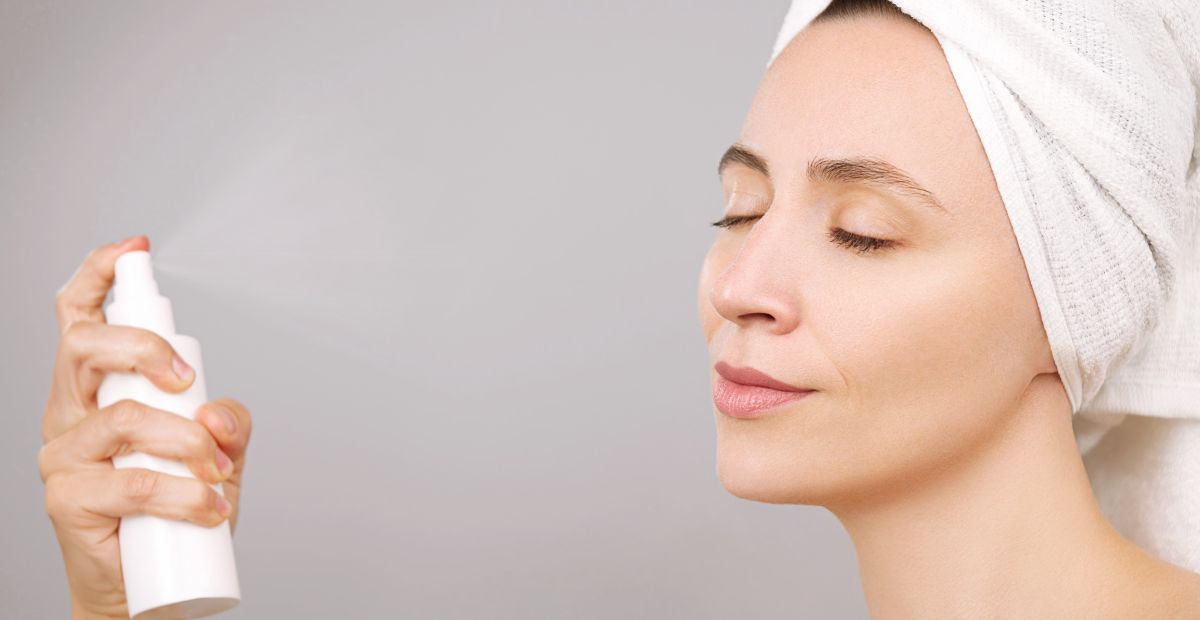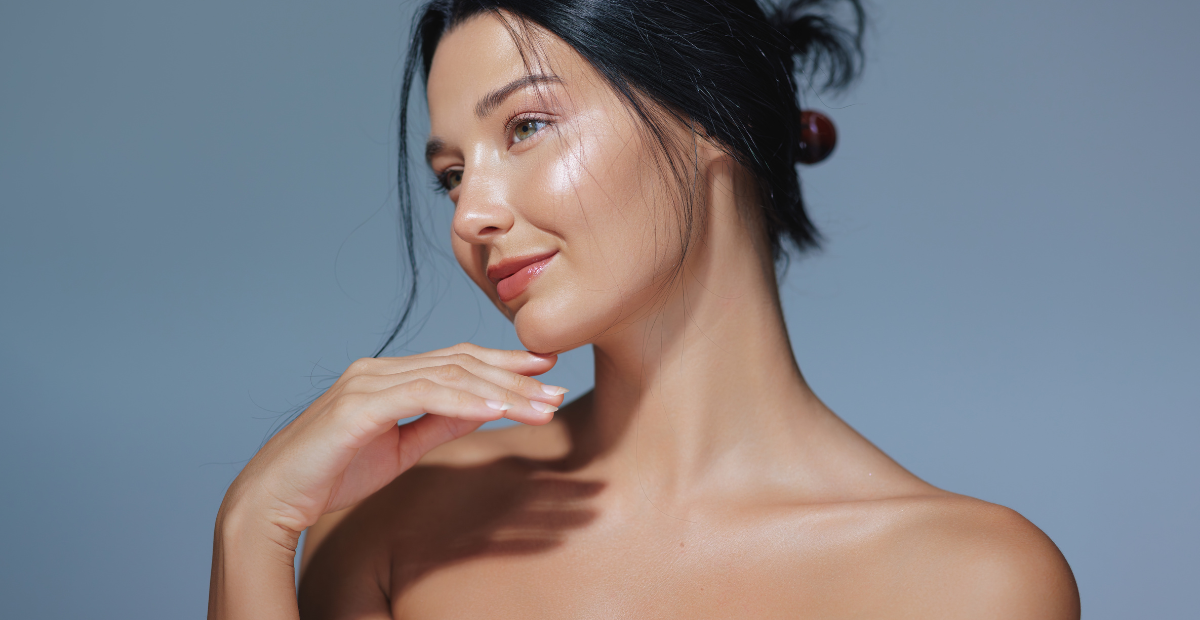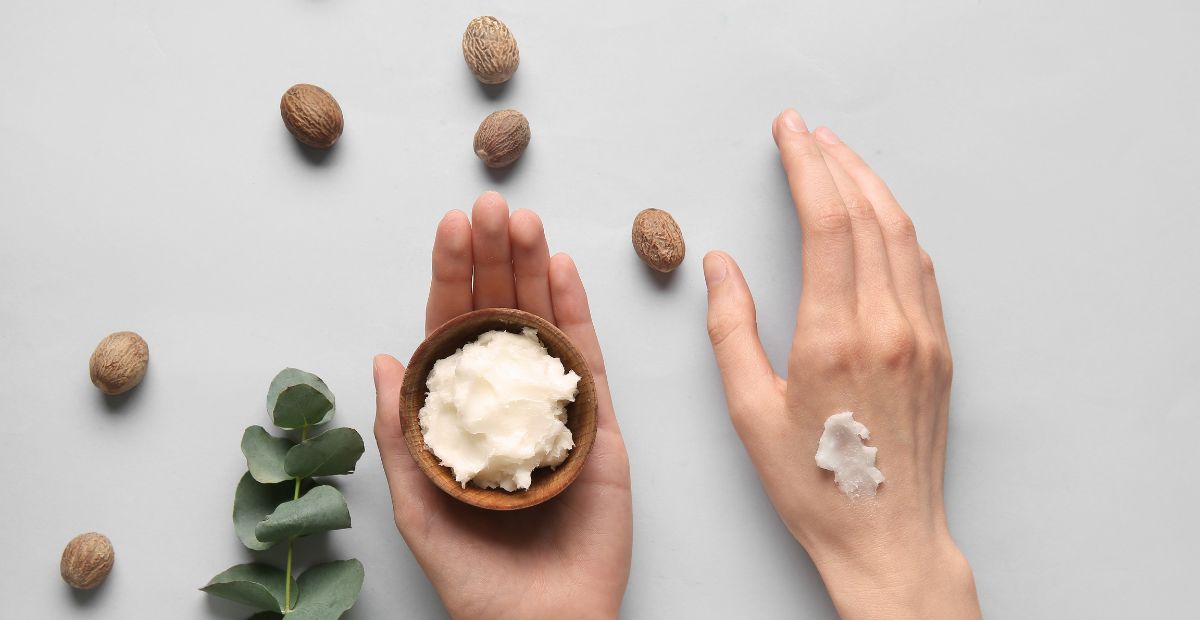Everything You Need to Know About Salicylic Acid Products
Onskin Content Team
Your guides through the skincare chaos
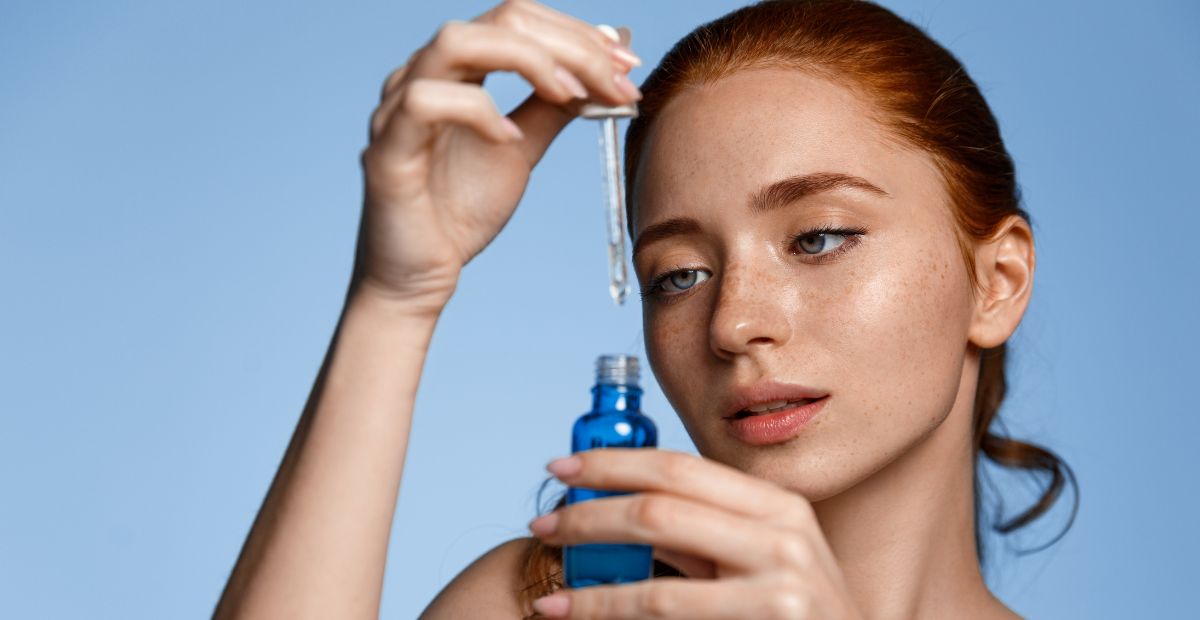
You’ve probably heard of salicylic acid products as a skincare staple. Whether you’re navigating breakouts, clogged pores, or starting to think about skin aging, salicylic acid could be one of the most effective (and researched) ingredients in your routine.
Let’s take a closer look at what it is, what it does, and why it’s found in everything from your best acne serum to chemical peels in cosmetology salons.
What is Salicylic Acid?
Salicylic acid is a beta hydroxy acid (BHA) that occurs naturally in plants like white willow bark (Salix alba). It’s a small, lipophilic molecule—meaning it’s oil-soluble, so it can penetrate deep into the skin’s pores (up to 0.06 mm deep, to be exact) and dissolve built-up sebum and dead skin cells.
Its unique chemical structure, which includes both hydroxyl and carboxyl groups, allows it to act like both an acid and an alcohol. This makes salicylic acid incredibly effective for breaking down the bonds between dead skin cells.
For a deeper dive into all the different acids and how they work, check out our complete guide to skincare acids.
How Does Salicylic Acid Actually Work?

So, what actually makes salicylic acid such a skincare hero? It’s all thanks to its two powerful effects:
1. Keratolytic effect. This means salicylic acid helps remove the outer layer of skin—specifically the corneocytes in the stratum corneum. It softens and dissolves the intercellular “cement” that holds dead skin cells together. And as a result—smoother texture and unclogged pores.
2. Antibacterial properties. Salicylic acid also has powerful antibacterial activity, making it effective against acne-causing bacteria like Cutibacterium acnes. Plus, it helps even out the skin tone and contributes to faster healing of post-acne blemishes.
Concentration Matters
When it comes to salicylic acid products, strength seriously matters. Too little, and you might not see results. Too much, and your skin could throw a fit. Here’s the breakdown on how much salicylic acid is actually in your skincare—and what that means for your skin.
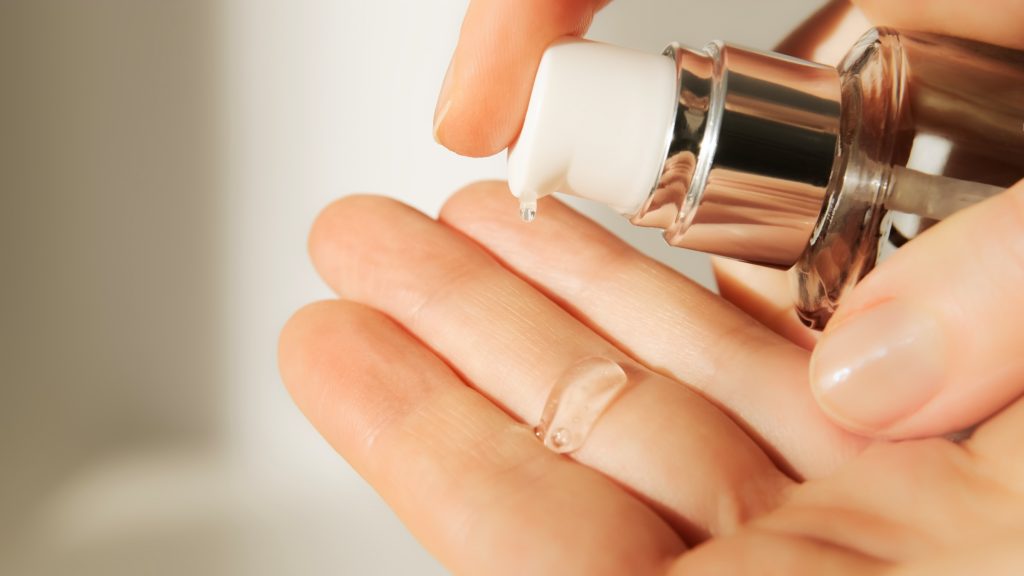
- Leave-on products for the face (such as toners, serums, and creams) can contain up to 2% salicylic acid. It’s strong enough to do its job—exfoliate, unclog pores, fight acne.
- In rinse-off hair products, you might see slightly higher concentrations—up to 3%. These are fine because the contact time is short, so the risk of irritation is lower.
- In body lotions, lipsticks, mascaras, and similar products, the maximum allowed is 0.5%.
- As a preservative, salicylic acid can also be used in concentrations up to 0.5%.
- Professional-grade chemical peels performed by dermatologists or estheticians can have up to 30% salicylic acid. For chemical peels, we have a guide with benefits and potential side effects.
A very important heads-up. Salicylic acid products that stay on the skin aren’t meant for children under 3. And the European Cosmetic Regulation prohibits their use for this age group.
Plus, according to the authoritative opinion of the Scientific Committee on Consumer Safety—with experts from various EU countries—salicylic acid at concentrations of 0.5% and above can be unsafe for older children. For kids aged 3–10, experts recommend limiting its concentration to up to 0.1% in dermal products and toothpaste, but this guideline is still under review.
Who Will Find This Acid the Most Beneficial?

Salicylic acid products are best suited for oily and combination skin types. If you have normal skin, they might work—but it really depends on how your skin reacts. And if your skin is dry, salicylic acid might be a bit too harsh and could lead to irritation. What about salicylic acid for sensitive skin? Actually, it’s a big no.
Not sure where you fall? Don’t worry—OnSkin can help you find a product that’s just right for your unique skin type.
The Research-Backed Uses of Salicylic Acid
Now, let’s get into the good stuff! Whether you’re battling acne, trying to prevent blackheads, or even tackling signs of aging, this acid has got you covered. Here are a few key ways it works, according to science.
Fighting Acne and Blackheads
One of the top reasons people turn to salicylic acid is for acne. Salicylic acid gets deep, helping to prevent clogged pores and reduce inflammation. This means fewer breakouts and blackheads over time.
In a clinical study, a combination of three salicylic acid products used over 8 weeks showed significant improvements in acne lesions, less discomfort, and better skin appearance, all with good tolerability.
Another study comparing salicylic acid and tretinoin (both combined with clindamycin) over 12 weeks found salicylic acid to be just as effective for treating acne, though tretinoin showed faster initial results.
Tackling Signs of Photoaging

Salicylic acid isn’t just for acne. It can also help with signs of photoaging—you know, the kind of damage caused by years of sun exposure.
One study found that supramolecular salicylic acid (SSA) and it significantly increased collagen density and skin elasticity. It also improved skin tone, decreased melanin levels, and increased dermal thickness, all without side effects. Nearly all participants reported satisfaction with the results.
Acting as a Preservative
Besides all its benefits for your skin, salicylic acid does double-duty as a preservative in cosmetic products. It’s naturally antibacterial and antifungal, which helps protect products from harmful microbes. By lowering the pH of a product, it prevents bacteria and fungi from growing, keeping your favorite creams and serums fresh for longer.
How to Use Salicylic Acid Products Right
Whether you’re new to actives or upgrading your routine, choosing the best salicylic acid products depends on your skin type and goals. Here’s how to use them safely:
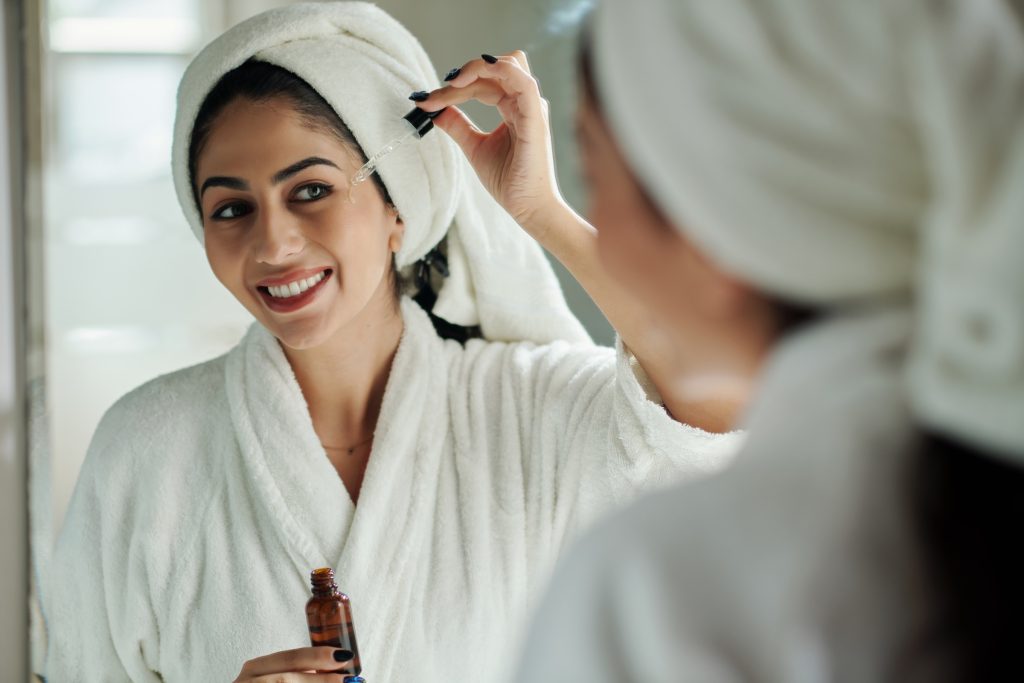
🧴 Toner or serum. Start with a salicylic acid serum or toner, preferably with a lower concentration (around 0.5% to 1%) to see how your skin reacts. Such products are usually up to 2% strength and are perfect for targeting acne or texture.
💧 Moisturizer. Follow with a hydrating product, especially if you’re using strong salicylic acid. 🌙 Evening use only. Always apply salicylic acid in the evening. It can make your skin more sensitive to sunlight. Plus, be sure to use sunscreen in the morning to protect your skin from UV damage.
⚠️ One product limit. Use only one leave-on product with salicylic acid at a time to avoid irritation.
🛑 Application rule. Always apply salicylic acid to dry skin, avoiding any open wounds, cuts, and the area around your eyes. Don’t forget to do a patch test first to make sure your skin reacts well.
🧴 Hydration is key. If your skin feels tight or dry, reduce use to 2–3 times per week and focus on recovery with a gentle hydrating toner or moisturizer.
Good to Know
Even though salicylic acid products are generally well-tolerated, they aren’t for everyone. This is our list of precautions for you:
✅ If you’re new to this ingredient, start low and slow. Use it 2–3 times a week at first, preferably in the evening (since acids can make your skin more sun-sensitive).
✅ Avoid it if you have dry or sensitive skin, or if your skin barrier is compromised.
✅ Don’t layer multiple salicylic acid products unless a dermatologist tells you to. Stick to one product at a time—whether it’s a toner, serum, or cream—and let it do its thing.
✅ Don’t mix with other strong actives (like retinol or AHAs) unless advised by a dermatologist.

✅ Patch test first, like every time you do starting a new product.
✅ Side effects (though rare) can include dryness, redness, irritation, hyperpigmentation, or cold sensitivity. Don’t ignore them.
✅ Never use during pregnancy or breastfeeding. Swap it for azelaic acid instead.
Final Thoughts
What is salicylic acid best for? In a nutshell—clarifying pores, clearing acne, and giving your skin a fresher, more even texture. It’s earned its place as a go-to active ingredient because it’s effective, research-backed, and versatile.
But like any powerful skincare ingredient, it works best when used thoughtfully. Understanding the right salicylic acid concentration, product type, and when to use it can make all the difference.
- Salicylic acid and its use in cosmetology. (2023). https://www.researchgate.net/publication/371794163_Salicylic_acid_and_its_use_in_cosmetology
- Amended safety assessment of salicylic acid and salicylates as used in cosmetics. (2019). https://cir-reports.cir-safety.org/view-attachment/?id=81b5b3d7-8c74-ec11-8943-0022482f06a6
- SCCS opinion on salicylic acid (CAS No. 69-72-7, EC No. 200-712-3) - Children’s exposure. (2025). https://health.ec.europa.eu/publications/sccs-opinion-salicylic-acid-cas-no-69-72-7-ec-no-200-712-3-childrens-exposure_en
- Effectiveness of a combination of salicylic acid-based products for the treatment of mild comedonal-papular acne: a multicenter prospective observational study. (2020). https://pubmed.ncbi.nlm.nih.gov/33070577/
- Salicylic acid. (2018). https://www.sciencedirect.com/topics/neuroscience/salicylic-acid
- Supramolecular salicylic acid alleviates skin photoaging by increasing collagen density and elasticity. (2024). https://pubmed.ncbi.nlm.nih.gov/38926250/
FAQ
-
Where do I start with OnSkin?
Download the app and think of a product you’d like to know more about. Then, go to the main screen and choose how you’d like to get the info —by manually looking it up in the search bar, by scanning its barcode, or by simply taking a picture of the packaging. Once you’ve done any of these, you can see how safe the product is and if it suits your skin or hair (if this analysis is available).
-
What is Safety Rating, and how is it calculated?
In OnSkin, we base product rates on ingredients. Each is closely studied by our medical team and then evaluated. This way, each product gets a score from 0 to 100, with 100 as the safest level.
Safety Levels
- Excellent (76–100)
- Good (51–75)
- Not great (26–50)
- Bad (0–25)
These scores are backed by the latest scientific studies. You can find links to the resources we’ve used on each ingredient page. To assess the safety of product ingredients, we evaluate them according to the following parameters/criteria
- Endocrine disruption risk / Reproductive toxicity
Indicates the probability of mimicking, blocking, or interfering with the body hormones.
- Сarcinogenicity
Measures the potential risk of inducing cancer.
- Allergy risk
Estimates the probability of an allergic reaction.
- High concentration alert
Determines the risk of being unsafe in certain amounts.
-
What is Skin Match?
Based on the info you input about your skin type, age, skin care goal, and other “settings,” OnSkin checks how well a product is tailored to your unique skin needs — it’s basically like a dermatologist helping you find the right products, minus the fees and the long wait. The product you’re checking might be labeled as It’s a match!, Hit-or-miss, or Not a match for you. The app also detects ingredient groups such as Anti-acne, Anti-inflammatory, Moisturizes, May be drying, Comedogenic, and others — by tapping one, you see exactly what ingredients from this or that group are in the product.
-
I seem to have a problem with using the app. Who should I contact?
Please reach out to us at [email protected], and we’ll carefully look into your issue. Your ideas for improving the app are also very welcome!
-
Do you have an Android version?
Not yet! Hey Android users, we hear you, and we're thinking about making an Android version, but we haven't started the development yet.
Tracker Sent!
It’s on the way to your inbox.


